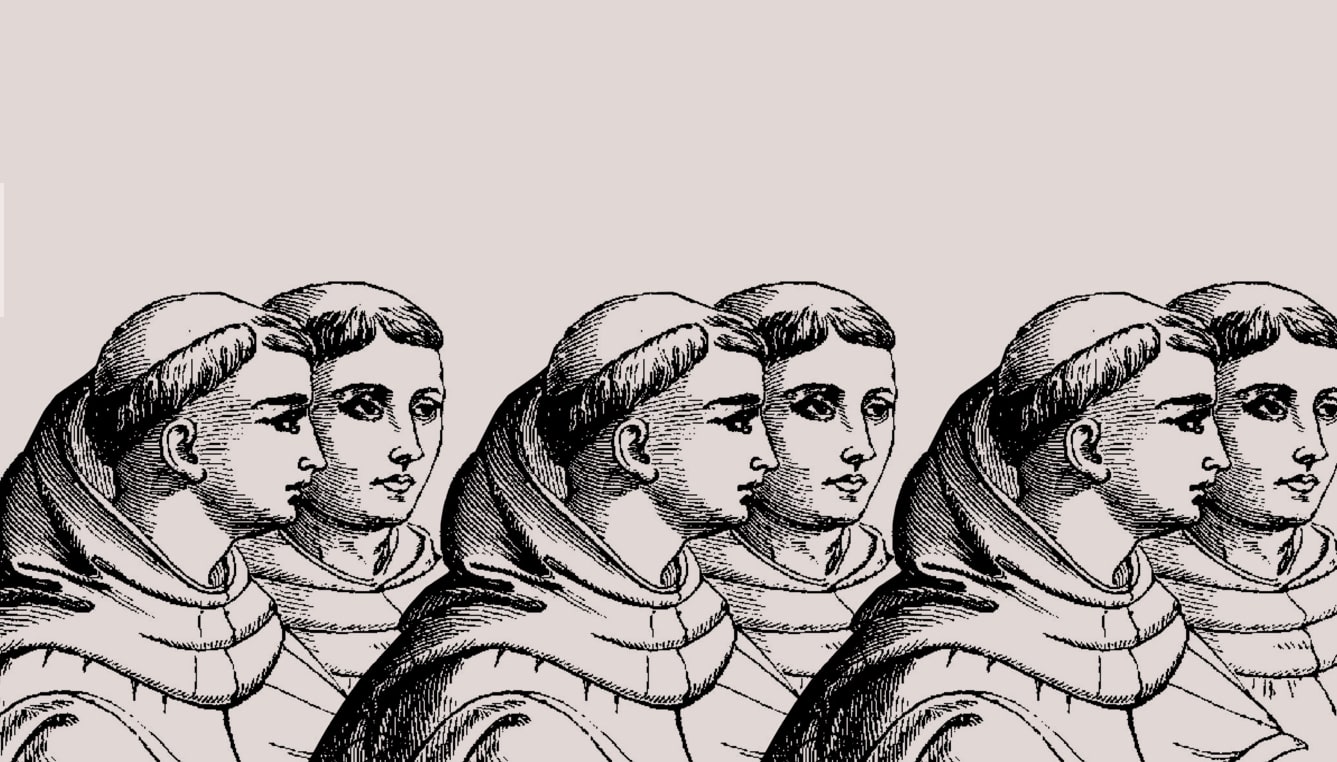Tonsure is the traditional practice of Christian churches of cutting or shaving the hair from the scalp (while leaving some parts uncut) of clerics, monastics, and, in the Eastern Orthodox Church, all baptized members. The most popular form of tonsure originated in the 7th and 8th centuries and consisted of shaving only the top of the head, so as to allow the hair to grow in the form of a crown. This is claimed to have originated with Saint Peter, and is the practice of the Latin Rite of the Catholic Church.
According to Saint Germanus I, Patriarch of Constantinople (715-730):
The double crown inscribed on the head of the priest through tonsure represents the precious head of the chief-apostle Peter. When he was sent out in the teaching and preaching of the Lord, his head was shaved by those who did not believe his word, as if in mockery. The Teacher Christ blessed this head, changed dishonor into honor, ridicule into praise. He placed on it a crown made not out of precious stones, but one which shines with the stone and rock of faith.
Since medieval times the Catholic Church has used “first tonsure” as the rite of inducting someone into the clergy and qualifying him for the civil benefits enjoyed by clerics. Failing to maintain tonsure was the equivalent of attempting to abandon one’s clerical state. Over time, the appearance of tonsure varied, ending up for non-monastic clergy as generally consisting of a symbolic cutting of a few tufts of hair at first tonsure in the Sign of the Cross and in wearing a bare spot on the back of the head which varied according to the degree of orders. Countries that were not Catholic had exceptions to this rule, especially in the English-speaking world. In England and America, for example, the bare spot was dispensed with, likely because of the persecutions that could arise from being a part of the Catholic clergy.
On August 15th 1972, Pope Paul VI‘s decreed that the practice of first tonsure would no longer be conferred.

